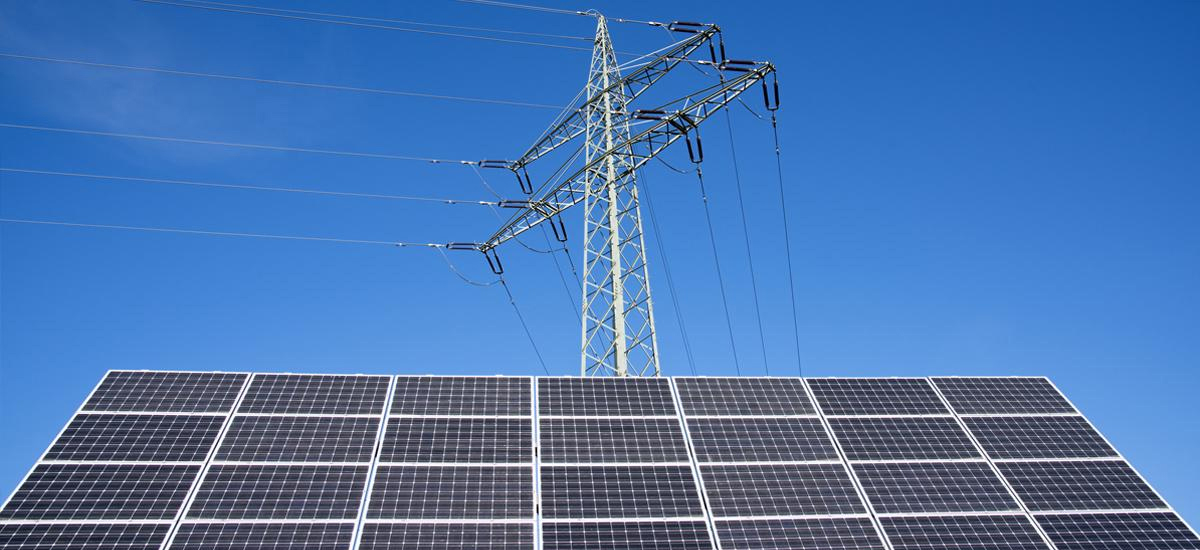The change of pace we’ve all witnessed over the last month or so, has been revealing on many levels. We’ve witnessed who the truly valuable members of society are, we’ve seen what happens to air pollution when daily life takes a pause, and most of us have spent more time connecting (virtually) with those we love than we’d normally do.
Change in demand
In the energy industry, we’ve seen huge changes in domestic demand, with people shaking up their routines and using energy at different times of the day. Figures from British Gas, using data from more than a million of its smart meter customers, show that people are waking up later and there is now a surge in electricity usage at 8am, compared to 7am pre-lockdown. Dinner time has been bought forward, with an energy spike now taking place at 6pm compared to between 7pm and 8pm previously.
Meeting this demand falls upon the National Grid and the Distribution Network Operators. However, while domestic demand has risen, net demand is down significantly, due to the thousands of businesses that have had to shut their doors throughout the crisis.
What this means for the grid
It is this that offers us a glimpse in to how the grid will look in the future. At any time, the grid balances demand with available generation. It does so by prioritising low carbon generation such as nuclear, wind, solar and hydroelectric. If this doesn’t cover demand it will call on gas fired generation and interconnectors. Coal, due to the emissions it generates, is usually the fuel of last resort.
Because there is lower demand at present, the percentage of renewables on the grid has increased, making it reflective of the future. It’s likely that, as we attempt to meet our legally binding net zero targets, fossil fuel generation, particularly without carbon capture and storage, will be redundant. We’re currently at a record 19 days of coal free generation in the UK and, in recent weeks, we’ve seen occasions where renewable generation has outstripped demand, resulting in some homes being paid to use electricity.
Flexibility services
For large industrial businesses this phenomenon is nothing new. Being paid to reduce demand or to store excess electricity on the grid is part of many an energy strategy.
Centrica Business Solutions has long since been supporting businesses to achieve that.
Our energy optimisation team has over 2.7GW of flexible, low carbon assets under management across the UK, Europe and North America, against a group target of 7GW by 2030. Our Cornwall Local Energy Market project – where 100 homes are providing flexibility services to both the local and national grid network – is a test bed for this type of market domestically. We were also named a Leader in Navigant Research’s leader board report on top platform providers for mixed-asset VPPs.
We’re particularly keen for Government to commit to leading on the delivery of fully functioning flexibility markets by 2023 in order to support renewables and meet net zero targets. It’s our view that the ability to intertrade energy between homes and businesses is an essential part of the jigsaw for decarbonising UK power supplies.
Recently we’ve bolstered the team, by combining some of the energy management and trading (EM&T) functions into our existing optimisation team – giving us both the expertise of managing multiple assets through aggregation and trading them in multiple markets in real time as well as maximising the potential routes to market and power purchase agreements for these assets. This ensures that Centrica Business Solutions is even better placed to capture the opportunities that the future network will present - such as increased wholesale price volatility and more lucrative balancing markets and ancillary services.
Finally, the last few weeks has shown that increased access to cheap renewable energy bodes well for the business case for battery storage. Centrica Business Solutions is building a new 1.5MW battery storage project, one of the largest in Cornwall, on premises owned by Wave Hub Limited in Hayle.
Located in one of the most constrained areas of Cornwall’s distribution network and on a site with significant marine and offshore renewable energy generation potential, it is an ideal place to connect flexibility to the network. As we progress towards Net Zero, battery storage and the ability to trade the capacity and stored energy within will play a vital role in balancing the grid, the last few weeks have provided a window in to just how vital.

